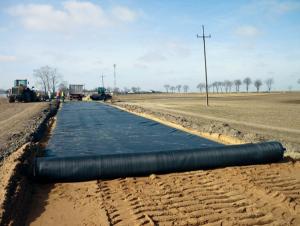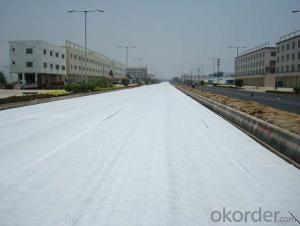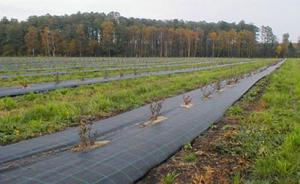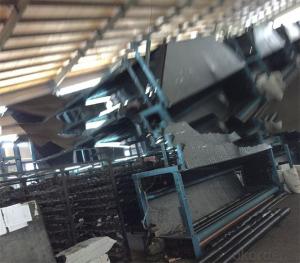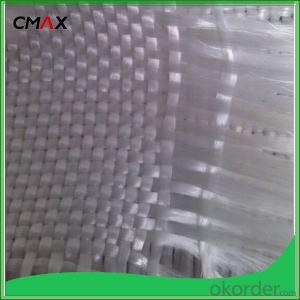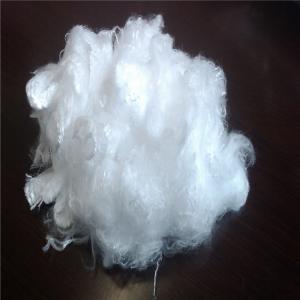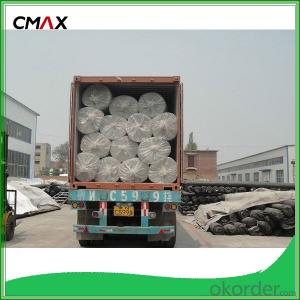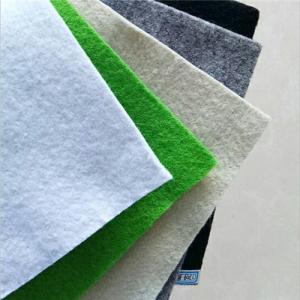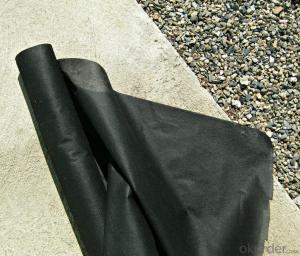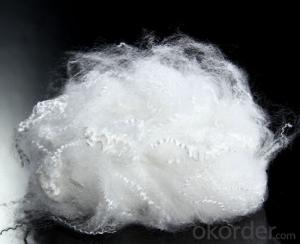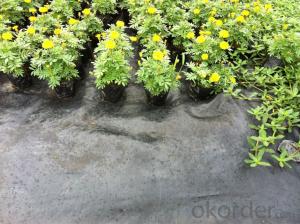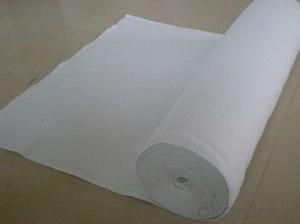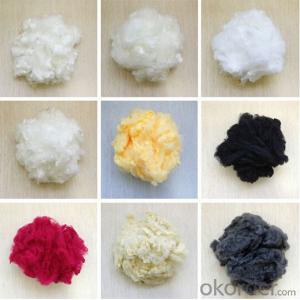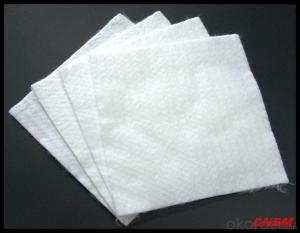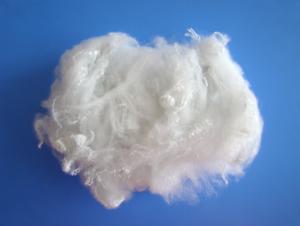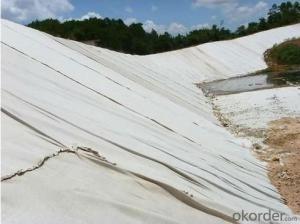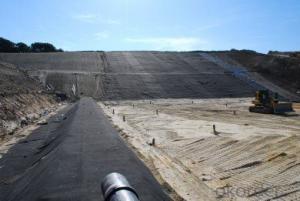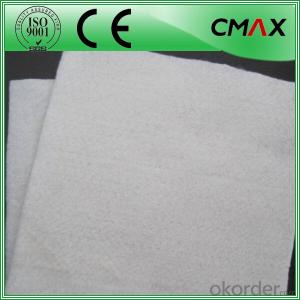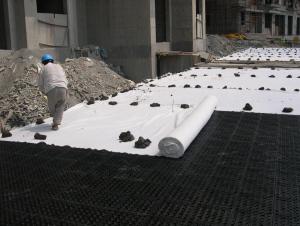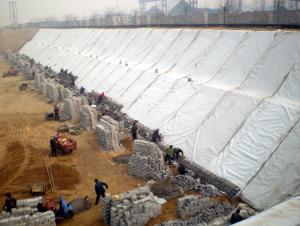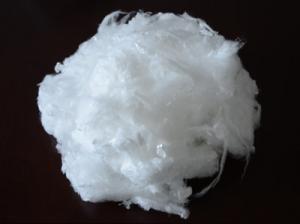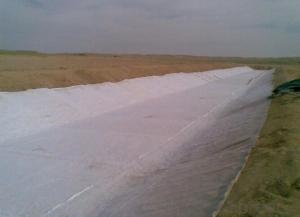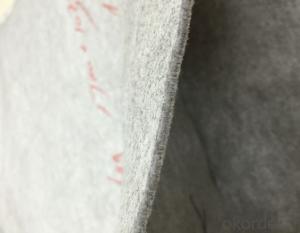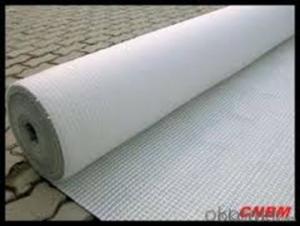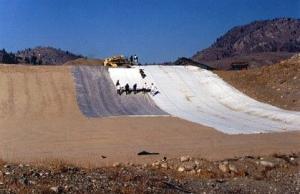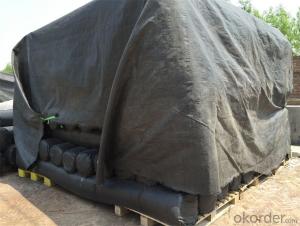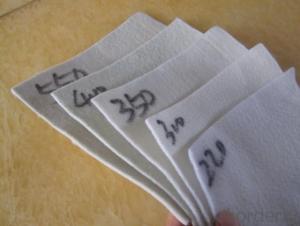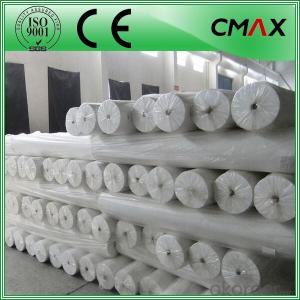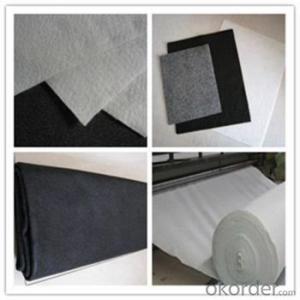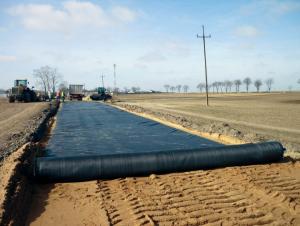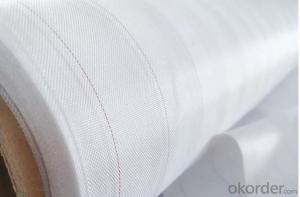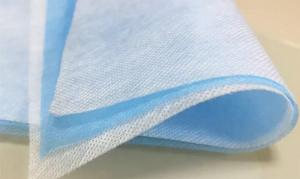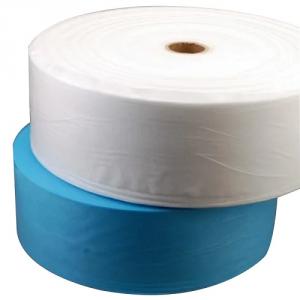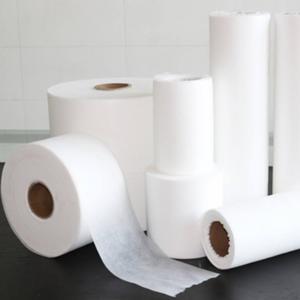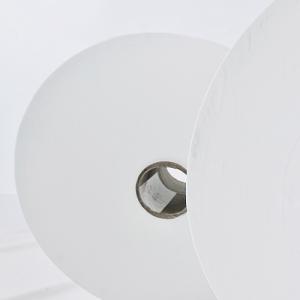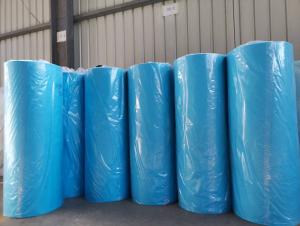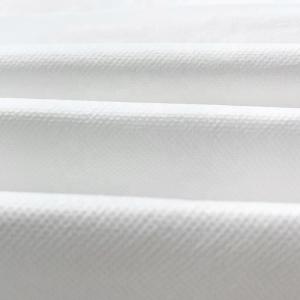Virgin Fibre Polypropylene Geotextiles
Virgin Fibre Polypropylene Geotextiles Related Searches
Polypropylene Geogrid Biaxial Polypropylene Geogrid Geomembrane Geotextile Polypropylene Biaxial Geogrid Propex Nonwoven Geotextile Polyfelt Ts Nonwoven Geotextiles Terratex Nonwoven Geotextiles High Strength Geotextile Geomembrana De Polietileno Geotextile Fabric Brisbane Nilex Nonwoven Geotextile Geosynthetic Fabric Geotextile And Geomembrane Geogrid With Geotextile Geotextile Mesh Geotextile Wrap Geotextil Y Geomembrana Jute Geotextiles Plastic Geomembrane Mirafi Woven Geotextile Geomembrana De Pvc Geotextile Fabric Types Geotextile Woven Dan Nonwoven Pvc Geomembrane Geomembrana Pvc Recycled Polystyrene Pellets Non Woven Needle Punched Geotextile Warp Knitting Polyester Geogrid Geomembrane Materials Geomembrane FabricVirgin Fibre Polypropylene Geotextiles Supplier & Manufacturer from China
Virgin Fibre Polypropylene Geotextiles are high-quality materials used in civil engineering and construction projects. These textiles are made from pure polypropylene fibers, offering excellent durability and performance in various applications. They are designed to provide separation, filtration, drainage, and reinforcement functions, making them an essential component in geotechnical engineering solutions.Virgin Fibre Polypropylene Geotextiles are widely used in a range of scenarios, including road construction, landfill liners, slope protection, and erosion control. Their versatility allows them to be employed in different environments, ensuring optimal performance and stability. They are particularly effective in situations where soil reinforcement is required, or where there is a need to prevent soil contamination from pollutants.
Okorder.com is a leading wholesale supplier of Virgin Fibre Polypropylene Geotextiles, boasting a vast inventory to cater to the diverse needs of clients across various industries. The company is committed to providing top-notch products and services, ensuring that customers receive the best value for their investment. By partnering with Okorder.com, customers can be confident that they are sourcing high-quality Virgin Fibre Polypropylene Geotextiles that meet their specific project requirements.
Hot Products
